This article was co-authored by Carrie Noriega, MD. Dr. Noriega is a Board Certified Obstetrician & Gynecologist and medical writer in Colorado. She specializes in women’s health, rheumatology, pulmonology, infectious disease, and gastroenterology. She received her MD from the Creighton School of Medicine in Omaha, Nebraska and completed her residency at the University of Missouri - Kansas City in 2005.
There are 14 references cited in this article, which can be found at the bottom of the page.
This article has been viewed 56,898 times.
Pain of any kind caused by having your period is no fun. Sometimes the pain (cramps, headaches, etc.) happen before your period begins because of premenstrual syndrome (PMS), and sometimes the pain occurs during your period. There are several things you can do to prevent the pain from starting, but there are also several things you can do to help relieve the pain once it’s already begun. Since every woman is different, you may need to try several options until you find the ones that work best for you.
Steps
Using Simple At-Home Techniques
-
1Eat a balanced diet. Ensuring you are eating a balanced diet at regular intervals throughout the day can help prevent or reduce the pain associated with your period. A well-balanced diet includes whole grains, legumes, vegetables and fruit.[1] [2]
- Foods that are rich in complex carbohydrates can also be helpful as they help your body produce more serotonin, which in turn helps to regulate your mood and symptoms.
- Additional foods to consider are: nuts and seeds, almonds, buckwheat, millet, oats, sesame and sunflower seeds, blackstrap molasses, grapes and red beets.[3]
- In addition to eating the proper foods, you may want to try eating six smaller meals throughout the day, instead of three larger ones. Spreading out your food intake can help keep your blood sugar levels balanced, which in turn can help alleviate many symptoms associated with your period, including pain and cramps.[4]
- When cooking, using healthy oils like vegetable or olive oil.
-
2Consume foods with a low glycemic load. Glycemic load is based on the glycemic index. The glycemic index is used to rank foods based on how quickly they work their way through your digestive system and how quickly they get absorbed into your bloodstream.[5] Eating foods with a low glycemic load means they take longer to work their way through your digestive system and do not cause spikes in your blood sugar levels.[6]
- Examples of food with a low glycemic load include: whole grain bread, apples, grapefruit, oranges, peaches, watermelons, carrots, lentils, peas, and soybeans.
- Examples of food with a high glycemic load include: white bagels, cornflakes, baked potatoes, and sweet potatoes.
- You can find more information and search where specific foods fall on the glycemic index at this website: http://www.glycemicindex.com/
Advertisement -
3Avoid foods high in fat and sodium. Foods that contain large amounts of fat, along with highly processed foods, should be avoided. In addition, it is also helpful to reduce the amount of sodium you consume.[7] Foods that contain all of these items can make the pain associated with your period (and other PMS symptoms) worse.[8]
- It is also best to eliminate the intake of any foods that contain trans-fats. Trans-fats are normally found in commercially produced foods such as: cookies, crackers, cakes, french fries, onion rings, donuts, and margarine.
-
4
-
5Avoid caffeine. Beverages and foods containing caffeine can worsen cramps and bloating. Caffeine can cause blood vessels to constrict and cramp more than they do in those who avoid caffeine.[11]
- Cut out coffee and caffeinated tea the week before your period.
-
6Try relaxation techniques. Sometimes the pain associated with a woman’s period, including many of the symptoms associated with PMS, can be made worse by stress, anxiety and overall tension in the body. Implementing techniques to help you relax and relieve stress can help reduce or eliminate your painful symptoms.[12]
- Relaxation techniques can include: breathing exercises, meditation and yoga. Attending a yoga class via a local yoga studio or recreation centre can also help you learn proper breathing methods and meditation techniques.
- Massage is another great way to help reduce tension and increase relaxation. Scheduling a regular massage right before or during your period every month may help you manage the pain.
-
7Apply pressure to acupressure points.[13] There is an acupressure point located on the inside of your leg, approximately three finger widths up from your anklebone, that can create relief for cramps and pain caused by your period.[14] [15]
- Use your fingers to apply deep pressure to this area for five minutes to help relieve the pain.
- Applying pressure and massaging your lower abdomen, where the cramps are most painful, may also help. You might want to try this in combination with a heating pad.[16]
-
8Use ice to relieve headaches. The change in hormone levels just before your period can often cause severe headaches and even migraines. One way to help relieve the pain caused by these headaches is to apply a cold cloth or ice pack to your head or neck — wherever the pain is most prominent.[17]
- If you decide to use an ice pack, or ice cubes, be sure to wrap it in a towel first. Avoid applying ice-cold items directly to your skin, as this can cause irritation or damage.
-
9Exercise regularly. Exercise is an important part of a healthy lifestyle, but it can also help relieve cramps and other pain caused by your period. Two types of exercise that are most effective is yoga and aerobic exercises.[18]
- Try to exercise for 30 minutes a day, at least five days a week.
-
10Take a warm bath or use heating pads. A warm bath (or shower) or a heating pad can help reduce the severity of the cramps caused by your period.[19] The heating pad can be placed on your belly, below your belly button.[20]
- Be careful not to fall asleep with a heating pad on. If possible, purchase a heating pad that automatically turns itself off after a certain period of time.
Taking Medications
-
1Take anti-inflammatory medications. Anti-inflammatory medications include drugs such as ibuprofen (i.e. Advil) and naproxen (i.e. Aleve). In order for these medications to be most effective, start taking them a day before your period is scheduled to start, and continue taking the medication (as instructed on the bottle) for several days after your period has started.[21]
-
2Ask your doctor about certain prescription medications. If you feel your pain is severe enough that it is interfering with your ability to function on a daily basis, you may want to ask your doctor about prescription medications.[22]
- There are several types of prescriptions that can help reduce or eliminate the pain associated with your period, including: birth control pills, progesterone-containing IUDs, prescription-strength anti-inflammatory drugs, prescription-strength pain relievers, antidepressants, and even some antibiotics.
- For headaches caused by changing hormone levels before and during your period, your doctor may prescribe triptans. Triptans help block pain signals to your brain and can bring very quick relief when suffering from a severe headache.[23]
-
3Consider taking hormonal contraceptives regularly. Even if you do not require birth control for the purpose of actual birth control, the drugs in birth control products can significantly help manage many of the painful side effects of having your period. Some specific things to consider about birth control products are:[24]
- Hormonal contraceptive include birth control pills, the patch, vaginal ring, and Depo-Provera injections.
- Birth control pills normally have 21 pills per month that contain active ingredients and seven pills per month that are placebos. (Some birth control pills don’t actually provide placebo pills, but simply have seven days where you stop taking the pills.) Reducing the number of days you take the placebos may help your symptoms.
- An alternative to reducing the number of days you take a placebo pill is to eliminate them altogether. This means you would take 21 days of the active ingredients and then start the next set of 21 pills immediately.
- Each type of birth control pill contains different levels of estrogen (as the active ingredient). Decreasing the amount of estrogen by changing the type of birth control you use can help your symptoms as your estrogen levels won’t peak or drop as significantly.
- Replace the placebo pills with anti-inflammatory medication, low-dose estrogen pills or an estrogen patch. Again this will help regulate your estrogen levels before and during your period and help relieve your symptoms.
- Every woman reacts differently to birth control products. If you find they do not work for you, and you do not need them for birth control purposes, talk to your doctor about stopping them.
Adding Vitamins and Supplements to Your Diet
-
1Increase your calcium intake. Calcium can help prevent and reduce the pain you have associated with your period, as well as many other PMS symptoms. Calcium can be consumed through items such as: dairy products, fortified soy beverages, canned salmon and sardines, and leafy greens.[25] [26]
- You can also take additional calcium via a calcium supplement of between 500 mg and 1,200 mg per day.
-
2Add more magnesium to your diet. Low magnesium levels can be associated with many PMS symptoms, including cramps and headaches. Increase the amount of foods you consume that are high in magnesium, such as: sunflower seeds, nuts, lentils, legumes, whole grains, soybeans, figs and green vegetables.[27]
- You can also increase your magnesium intake by taking magnesium supplements in a pill form. For the best effect, take 360 mg per day for three days before your period begins.[28]
-
3Boost your vitamin B6 levels. Vitamin B6 helps produce serotonin. Serotonin can help reduce anxiety and depression brought on by PMS. Foods with high amounts of vitamin B6 are: beef, pork, chicken, fish, whole grain cereals, bananas, avocados, and potatoes.[29]
- While vitamin B6 is found in supplements, but be careful not to take more than 100 mg per day. Excess vitamin B6 can be toxic.
-
4Take vitamin D supplements. Vitamin D helps your body absorb calcium and can act as an anti-inflammatory. Try taking 400 IU per day to help reduce the pain you have due to your period.
-
5Try vitamin E supplements. Vitamin E has been shown to decrease pain associated with your period when 500 IU is taken per day. It is best to start taking the vitamin E supplements two days before your period begins, and stop three days after your period has started. Therefore you’d be taking it for five days.
-
6Supplement omega-3 fatty acids. Omega-3 fatty acids are most often found in fish oil as a supplement. It can be taken in pill form or liquid form.[30]
- Fish oil is an anti-inflammatory and can help reduce the pain associated with your period.
-
7Make herbal tea. Several types of herbal teas contain ingredients that can help reduce the painful cramps brought on by your period.[31]
- Raspberry leaf tea can help to relax your uterus and reduce cramping.
- Chamomile tea contains an anti-spasmodic which can also reduce cramping.
- Cramp bark tea (made using 1 teaspoon of dried cramp bark simmered in 1 cup of water for 15 minutes) can help reduce pain. It can be taken up to three times a day.
-
8Give evening primrose oil a try. Evening primrose oil can be obtain both in liquid form and in pill form. It contains an essential fatty acid called gamma linolenic acid (GLA). GLA blocks prostaglandins in your body which can cause painful cramps during your period.[32]
- For the best effects, take 500 to 1,000 mg per day.
-
9Use ginger supplements. Taking ginger supplements in extract form (specifically Zintoma or Goldaru) can help reduce the pain associated with your period.[33]
- Take 250 mg four times a day for the first three days of your period.
Warnings
- It is always a good idea to consult with your doctor or pharmacist before starting a new vitamin supplement, over-the-counter medication or prescription medication. You doctor or pharmacist will not only be able to help you determine the proper amount to take, but they’ll be able to check if the item may cause any negative side effects due to other medications you’re already taking.⧼thumbs_response⧽
References
- ↑ Reader’s Digest, Foods that Harm, Foods that Heal (New York: The Reader’s Digest Association, Inc., 2013), 311.
- ↑ http://www.acog.org/Patients/FAQs/Premenstrual-Syndrome-PMS
- ↑ Terry Willard, Encyclopedia of Herbs (Toronto: Key Porter Books, 2002), 117.
- ↑ http://www.acog.org/Patients/FAQs/Premenstrual-Syndrome-PMS
- ↑ https://health.clevelandclinic.org/what-should-you-eat-when-youre-on-your-period/
- ↑ Reader’s, Foods that Harm, 262-263.
- ↑ https://health.clevelandclinic.org/11-diet-changes-that-help-you-fight-pms/
- ↑ Reader’s, Foods that Harm, 312.
- ↑ Reader’s, Foods that Harm, 312.
- ↑ https://health.clevelandclinic.org/11-diet-changes-that-help-you-fight-pms/
- ↑ https://health.clevelandclinic.org/11-diet-changes-that-help-you-fight-pms/
- ↑ http://www.acog.org/Patients/FAQs/Premenstrual-Syndrome-PMS
- ↑ https://www.ncbi.nlm.nih.gov/pmc/articles/PMC6513602/
- ↑ The Boston Women’s Health Book Collective, Our Bodies, Ourselves (New York: Touchstone Books, 2011), 25.
- ↑ Willard, Encyclopedia, 117.
- ↑ https://www.nlm.nih.gov/medlineplus/ency/article/003150.htm
- ↑ https://kidshealth.org/en/teens/menstrual-migraine.html
- ↑ https://www.nlm.nih.gov/medlineplus/ency/article/003150.htm
- ↑ Reader’s, Foods that Harm, 313.
- ↑ https://www.nlm.nih.gov/medlineplus/ency/article/003150.htm
- ↑ https://www.plannedparenthood.org/learn/health-and-wellness/menstruation/what-can-i-do-about-cramps-and-pms
- ↑ https://www.nlm.nih.gov/medlineplus/ency/article/003150.htm
- ↑ https://my.clevelandclinic.org/health/diseases/8260-menstrual-migraines-hormone-headaches
- ↑ https://www.nhs.uk/conditions/contraception/combined-contraceptive-pill/
- ↑ Reader’s, Foods that Harm, 312.
- ↑ https://health.clevelandclinic.org/11-diet-changes-that-help-you-fight-pms/
- ↑ https://health.clevelandclinic.org/foods-that-are-high-in-magnesium/
- ↑ https://www.nhs.uk/conditions/pre-menstrual-syndrome/
- ↑ https://ods.od.nih.gov/factsheets/VitaminB6-HealthProfessional/
- ↑ https://obgyn.onlinelibrary.wiley.com/doi/10.1111/jog.15217?af=R
- ↑ Reader’s, Foods that Harm, 312.
- ↑ Reader’s, Foods that Harm, 312.
- ↑ https://www.ncbi.nlm.nih.gov/pmc/articles/PMC4040198/
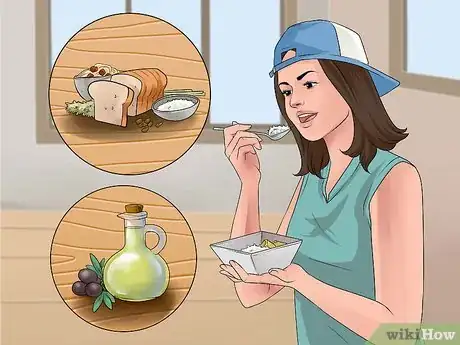
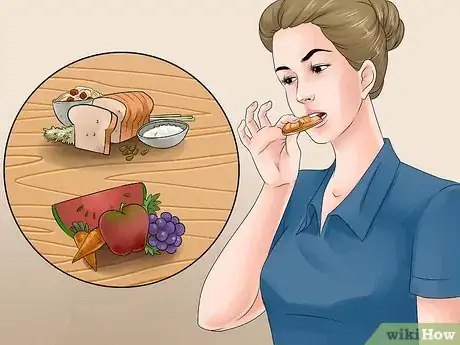
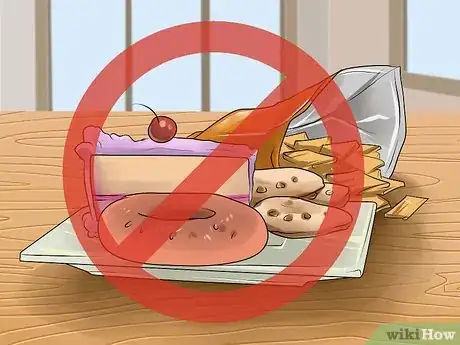

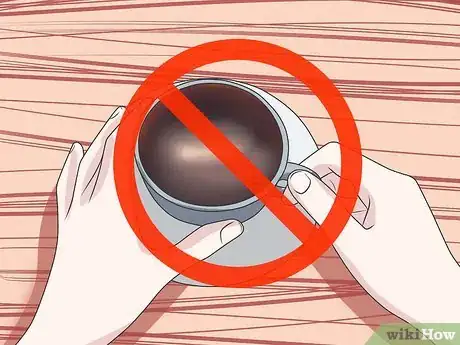
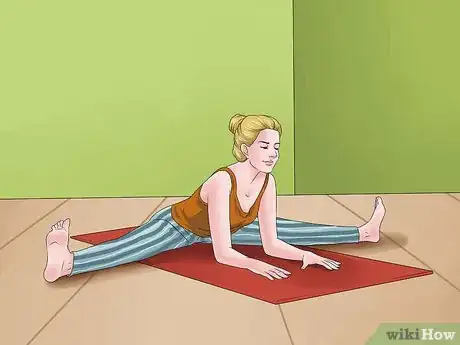
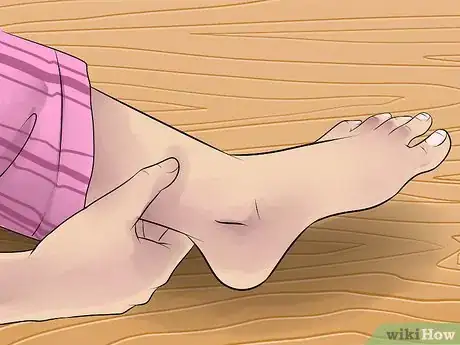
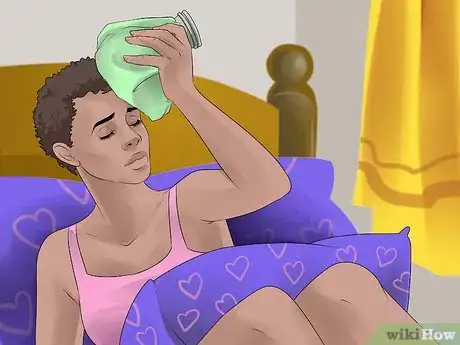
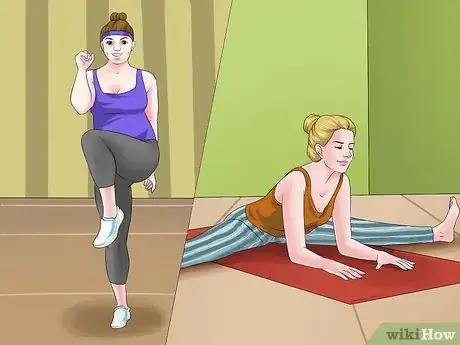
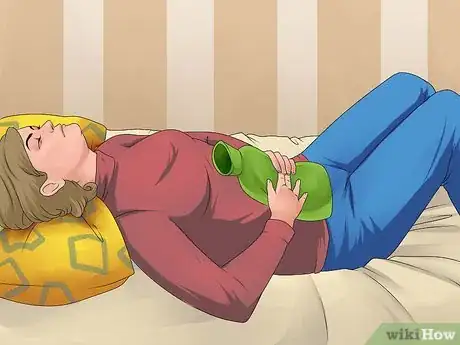
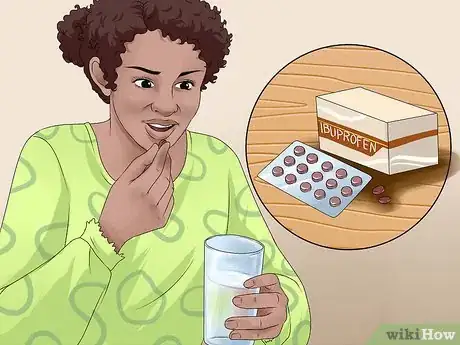
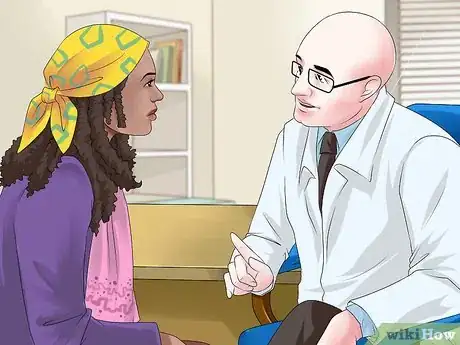
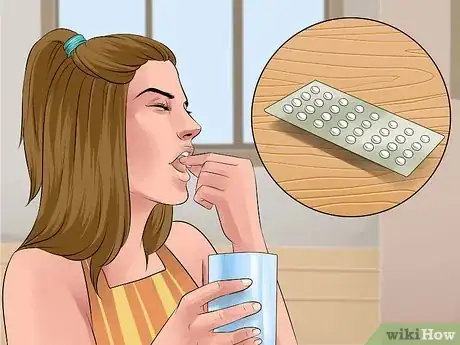
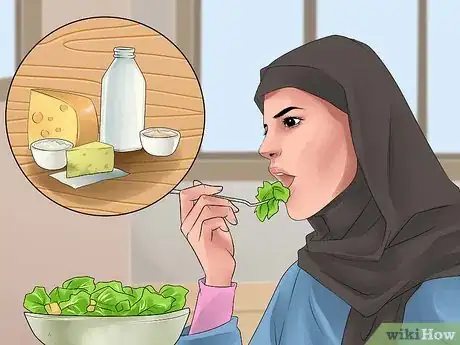
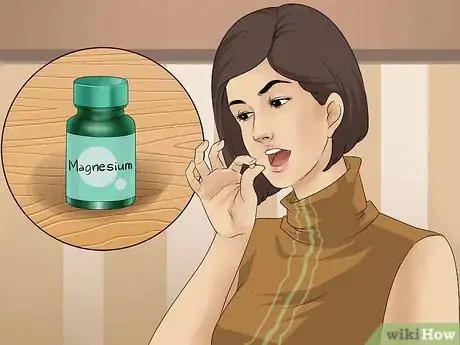
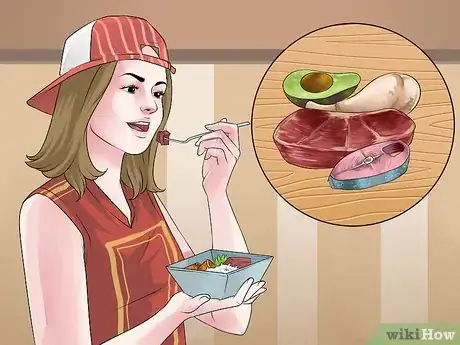
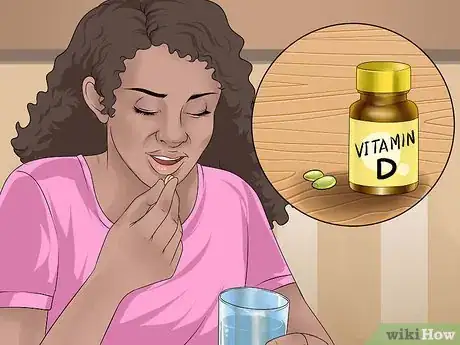
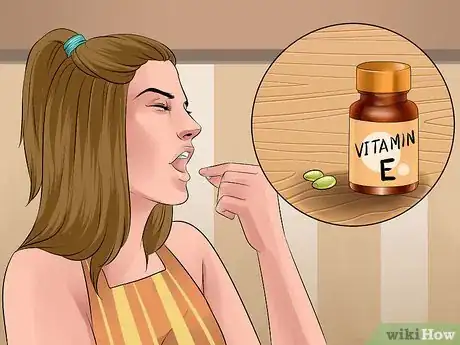
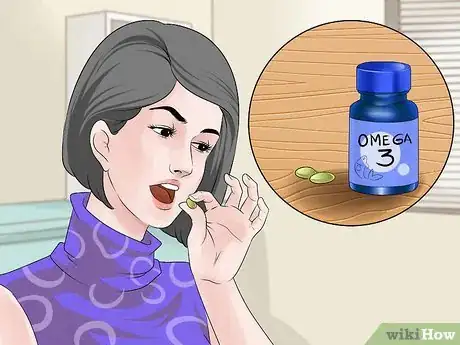
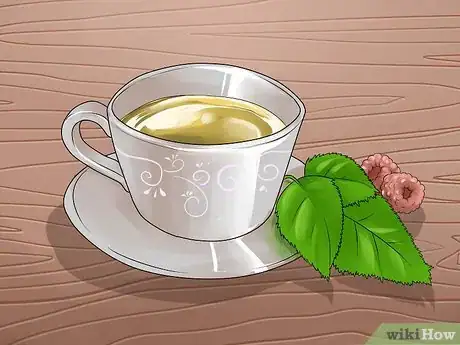
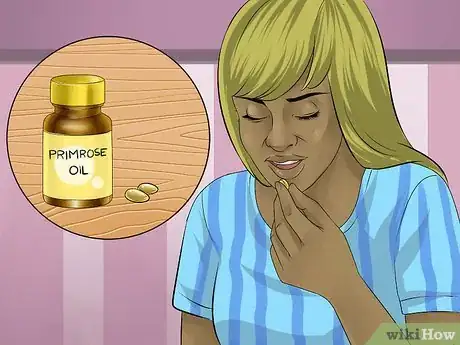
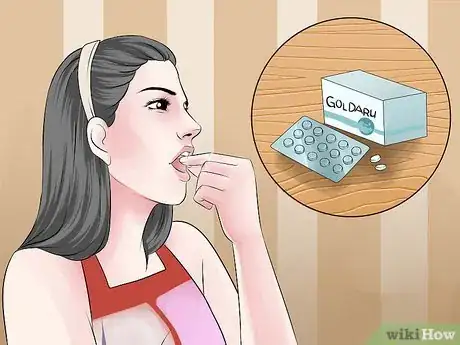
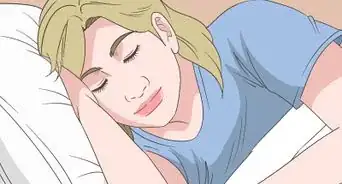
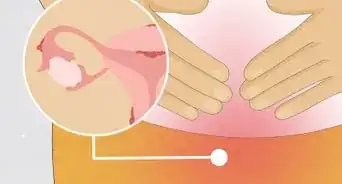
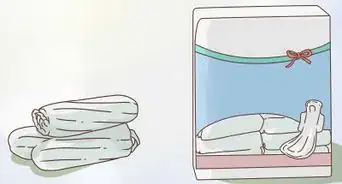
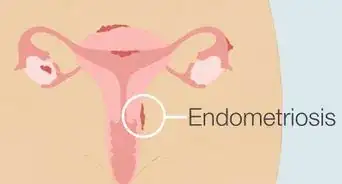
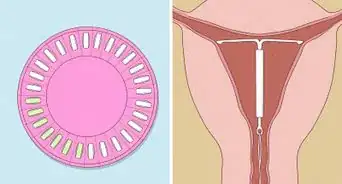


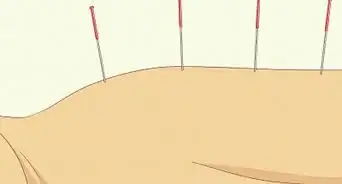

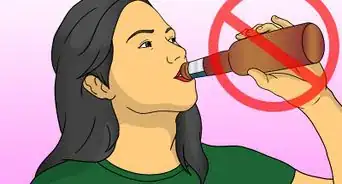








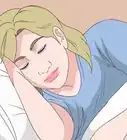
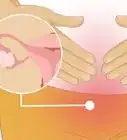
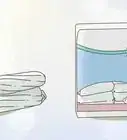
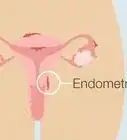



































Medical Disclaimer
The content of this article is not intended to be a substitute for professional medical advice, examination, diagnosis, or treatment. You should always contact your doctor or other qualified healthcare professional before starting, changing, or stopping any kind of health treatment.
Read More...